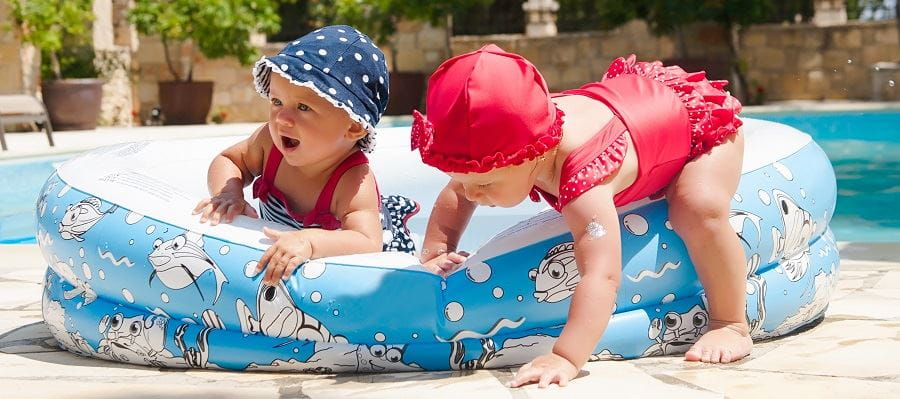
Children 0-4 years of age are most vulnerable to being injured in the home and backyard. Statistics show that more than half of unintentional deaths and injuries in this age group occur in the home and backyard, with 55% of these inside the home (falls from beds, chairs, nursery furniture) and 45% in the backyard (playground equipment and structures built for adult use and comfort).
The most common injuries a child will sustain from a fall are bleeds, dislocations, fractures and head injuries.
Learning first aid is important. The principles of first aid remain the same however children are NOT little adults and should not be treated that way when it comes to first aid.
Here are some guidelines to follow when assessing your child - If a child looks unwell, and is acting "out of character" they usually are unwell or injured.
Some questions you can ask yourself as a parent can be:
- Is a child moving all their limbs normally?
- Interacting appropriately for their age?
- Making sounds/talking appropriately for their age?
This information can be useful especially in a child who is unable to express verbally what they are feeling. Children with head injuries may appear extra tired and lethargic than usual and is an indication there may be a concussion. If a concussion is suspected don't allow your child to sleep and seek medical advice.
About 15% of all injuries in children are fracture injuries. Bone fractures in children are different from adult bone fractures because a child's bones are still growing. Also, more consideration needs to be taken when a child fractures a bone since it will affect the child in his or her growth.
Injuries to the chest or stomach (thoracic area) from a fall or impact can injure the internal organs of a child eg heart, lungs. The thoracic walls are thinner and the ribs more elastic in infants and young children than in the adults.
Blood volumes differ greatly between infants (250-500mls), toddlers (800ml-1000mls) and adults (2000-7300mls) making it vitally important for quick treatment to occur if a child sustains a serious bleed.
You know your child best and usually know when something isn't right. It may not always mean that you have to call an ambulance, a trip to the GP may be enough, although if in doubt call 000.
Click the link below to find out about first aid training courses available through Royal Life Saving Society WA.
